Strength is a crucial aspect of daily life and well-being, extending beyond physical appearance or athletic performance. The purpose of strength is important for other reasons such as functional independence, injury prevention, bone density and health, mental well-being, longevity, and confidence.
Getting stronger is a great way for you to be able to perform daily tasks better and can help improve your confidence and general well-being. As a more capable and confident person, you have the ability to thrive better in life and get more out of each day.
By taking the time and effort needed to get stronger, you are setting yourself up for a more successful and happier life. But what does it take to get strong? How do you get stronger? It can be a process and takes consistency and commitment.
Once you get into the swing of things, it will feel like second nature, and it won’t take long to reap the benefits.
Understanding Strength
Understanding strength is essential for anyone seeking to embark on a journey of getting stronger. It involves delving into the nuances of strength, including differentiating between strength and muscle size, comprehending the processes of muscular hypertrophy and neural adaptations, and acknowledging the role of genetics in shaping an individual's strength potential.
Differentiating Between Strength and Muscle Size
Strength and muscle size are not the same. Strength refers to the ability of muscles to generate force against resistance. It involves coordinating various factors, such as muscle fibers, neural connections, and efficient biomechanics.
Muscle size, known as muscular hypertrophy, involves the enlargement of muscle fibers due to increased protein synthesis. While muscle size can contribute to strength gains, factors beyond size significantly determine overall strength.
Muscular Hypertrophy and Neural Adaptations
Muscular hypertrophy is how muscles grow larger in response to progressive overload. It primarily occurs in two ways: myofibrillar hypertrophy, which involves an increase in the contractile proteins within muscle fibers, and sarcoplasmic hypertrophy, which involves an increase in the fluid and energy stores within muscle cells. Both types of hypertrophy contribute to increased building muscle, both in size and strength.
Neural adaptations refer to changes in the nervous system that enhance muscle recruitment and coordination. As individuals engage in strength training, their nervous systems become more efficient at activating muscle fibers, producing greater force.
These adaptations include improved motor unit synchronisation, increased motor neuron firing rate, and reduced inhibitory signals. Neural adaptations play a significant role in initial strength gains before substantial muscle hypertrophy occurs, this process happens as you start to get stronger.
Role of Genetics
Genetics influence how strong an individual might be able to get and what that process might look like for them. Genetic factors determine muscle fiber composition (fast-twitch vs. slow-twitch fibers), muscle length, leverage, and overall muscle structure. These things may impact a person’s ability to develop muscle mass.
Some people naturally possess a higher proportion of fast-twitch fibers, which are more conducive to generating power and strength. Genetics also influence how quickly an individual can adapt to strength training and the extent of their potential gains.
While genetics provide a foundation, they do not completely dictate someone’s ultimate potential to get stronger. Training, nutrition, and lifestyle factors can significantly influence how genetics are expressed. While some individuals might have a genetic predisposition for strength, consistent and targeted training can yield impressive results for individuals with various genetic backgrounds.
Setting Clear Goals
Setting clear goals is a foundational step in the journey to building strength and settling into a good gym or workout routine. Without well-defined objectives, it's easy to lose focus and motivation. Setting goals helps individuals create a roadmap for their progress, ensuring that every effort contributes to their success.
Defining Specific and Measurable Strength Goals
For a goal to be effective, it needs to be specific and measurable. Instead of setting a vague goal like "getting stronger," define your goal a bit more. For example, you could aim to increase your bench press by 20 pounds in the next three months. That is a specific and measurable goal, but it still involves getting stronger. Clarity like this allows you to track your progress and assess whether you've achieved your goals or are on your way.
Short-Term vs. Long-Term Objectives
It's important to distinguish between short-term and long-term goals. Short-term goals focus on immediate progress and help keep you motivated. Goals like this could include targets like increasing the weight you lift in each session or mastering proper form for a specific exercise. Long-term goals provide a broader perspective and might involve achieving a certain level of strength within a year or two.
Realistic and Attainable Goals
While ambition is admirable, setting goals too far out of reach can lead to frustration and burnout. Setting realistic and attainable goals based on your current fitness level, lifestyle, and time commitments is essential is a great way to encourage your own success and ability to get stronger.
Take time to assess your starting point objectively and set goals that challenge you without overwhelming you. Achieving smaller, attainable milestones can boost your confidence and maintain your motivation as you work toward larger goals. Staying motivated is key!
Designing an Effective Workout Plan
Designing an effective workout plan is essential for achieving your goals to get stronger. A well-structured plan should encompass a variety of components and strategies so you can ensure balanced progress and prevent plateaus.
Components of a Well-Rounded Strength Program
- Resistance Training: This is a key component of any strength program, resistance training involves lifting weights to challenge your muscles. It's crucial for stimulating muscle growth and overall strength improvement as well as improving muscular endurance.
- Cardiovascular Exercise: While primarily associated with cardiovascular health, cardio exercises like running, swimming, or cycling can aid recovery, support endurance, and contribute to overall fitness. It is great to pair strength training with cardio.
- Flexibility and Mobility Work: Incorporating stretches and mobility exercises into your routine can improve your joint health and range of motion. It can also reduce the risk of injuries. When muscles are more flexible, they move more efficiently, enhancing overall performance and stability.
Compound vs. Isolation Movements
Incorporating a mix of compound exercises and isolation exercises is essential. Compound movements, such as squats, deadlifts, and bench presses, engage multiple muscle groups simultaneously, resulting in efficient strength gains. Isolation exercises like bicep curls or leg extensions target specific muscles and can complement compound movements and address individual weaknesses.
Progressive Overload to Stimulate Muscle Growth
Progressive overload is the cornerstone of strength development. To continually challenge your muscles and promote growth, you should gradually increase your exercise's resistance, repetitions, or intensity over time. This forces your muscles to adapt to the new stress, leading you to get stronger. Keeping track of your lifts and incrementally increasing weight or reps as you become stronger will help you steadily increase your strength.
Optimal Training Frequency and Volume
Training frequency refers to how often you work out, while training volume is the total amount of work performed. Finding the right balance is crucial.
Beginners should start with 3-4 sessions per week and gradually increase as they become more advanced. It is important to allow enough time for recovery between sessions. Adequate volume is needed for muscle growth, but doing too much volume can lead to burnout. To avoid burnout, focus on quality over quantity. A combination of sets and repetitions that challenges you while maintaining proper form is key.
Resistance Training Techniques
Free Weights
Doing free weights includes utilizing things like dumbbells, barbells, and kettlebells during workouts. Free weight exercises engage stabilizer muscles which enhance overall strength and coordination. They offer a more natural range of motion and versatility in workout design.
Machines
When you use weight machines, this provides guided movement patterns and isolates specific muscle groups. Machins are particularly useful for beginners or targeting specific areas with controlled resistance.
Body Weight
Bodyweight exercises use your own body as resistance. These exercises, like push-ups, pull-ups, lunges, and squats, are versatile and can be done anywhere. They are great for improving functional strength and can be adapted to various fitness levels.
Different Training Methods
Strength-Focused Training
This approach to training prioritizes lifting heavy weights with lower repetitions. The goal is to build raw strength and enhance the central nervous system's ability to recruit muscle fibers efficiently. Strength-focused training programs often include compound movements and focus on progressive overload.
Powerlifting
People who do powerlifting center their workouts around three main lifts: squat, bench press, and deadlift. The focus when powerlifting is on maximal strength in these specific movements. Powerlifters typically work with lower reps and higher weights, aiming to lift the heaviest loads possible. Aiming for a one rep max is common with this type of training.
Bodybuilding
When you are focusing on bodybuilding, you are emphasizing muscle hypertrophy and aesthetics. These workouts involve moderate to high repetitions focusing on isolating individual muscle groups. Volume, time under tension, and mind-muscle connection are essential components.
Proper Form and Technique
Injury Prevention
Performing exercises with good form reduces the risk of injuries. Incorrect techniques can strain muscles, joints, and ligaments, leading to injuries that hinder progress and may require recovery time. It is important to study exercises and seek professional guidance if possible to ensure you are performing exercises right to stay safe and healthy.
Efficiency
When you complete exercises with proper form, you can optimize muscle engagement and maximizes results. Performing exercises with improper technique may lead to inefficiencies and reduced workout effectiveness. Nobody wants to waste their time with a workout, if you are going to do it, you may as well do it right!
Longevity
By prioritizing form and technique, you are contributing to the longevity of your fitness journey. Building a foundation of good habits early on is useful in preventing the development of bad habits that could lead to chronic issues.
Mind-Muscle Connection
Developing a mind-muscle connection is vital to your success on your strength journey. This involves focusing on the muscle being worked, feeling its contraction and extension during each repetition. This connection improves muscle activation and enhances the effectiveness of the exercise.
Monitoring Progress
Monitoring progress is a crucial aspect of any strength-building journey. It provides valuable insights into your accomplishments, helps you stay motivated, and enables you to make informed decisions about your training plan.
Tracking Strength Gains
Keeping a detailed workout log allows you to record the weight, sets, and repetitions performed for each exercise. This data helps you track progress, identify trends, and determine which exercises yield the best results.
Taking progress photos also provides a visual representation of your journey. You should take photos from different angles regularly to observe changes in muscle definition, size, and overall physique.
Reassessing Goals and Adjusting Accordingly
You should be sure to regularly review your initial goals and assess whether you're making satisfactory progress. If you've achieved your goals, set new ones to keep your journey challenging and engaging.
As your strength improves, you must adjust your workout plan to continue progressing. Increase weights, change exercises, or modify the number of repetitions and sets to maintain the principle of progressive overload.
Understanding plateaus and how to overcome them
A plateau is a phase where progress stalls despite consistent effort. It's a natural part of any fitness journey and often occurs as the body adapts to the training stimulus.
- Change Variables: Alter your workout routine by changing exercises, rep ranges, rest periods, or training frequency.
- Deload: Reduce training intensity and volume for a week to allow your body to recover and avoid burnout.
- Nutrition and Recovery: Focus on adequate nutrition and intake of calories, sleep, and stress management, as these factors impact performance.
Seeking Professional Guidance
Seeking professional guidance can be a valuable step in your journey to getting stronger. Doing this can offer a range of benefits that can contribute to your success and overall well-being.
Benefits of Consulting with Fitness Professionals
Fitness trainers and coaches offer specialized exercise science, physiology, and nutrition expertise, which can provide accurate and evidence-based information. They create customized workout plans aligned with your goals, fitness level, and limitations. This helps to minimize injury risk while optimizing progress.
These professionals emphasize proper form to prevent injuries and enhance exercise effectiveness, guiding you through hands-on instruction. Coaches provide external motivation and accountability. This can help you to maintain consistency and push you to excel. These professionals can aid in setting achievable goals and tracking progress, ensuring continual challenges and improvements.
Importance of Personalized Guidance
A tailored approach to fitness is important as each individual's body possesses unique attributes, and their aspirations differ. This personalized method considers fitness level, medical background, preferences, diet, and lifestyle factors to create a regimen that suits your specific requirements. This approach not only enhances effectiveness but also ensures safety.
Fitness professionals also bring efficiency into your training. They focus on exercises and techniques that directly contribute to your personal goals. This optimization prevents wasting your time and effort and can accelerate your progress.
These experts can also facilitate seamless adaptation as your body evolves. With their expertise, they can modify your program to keep pace with changes, guaranteeing a continuous path toward your goals.
Apply today for Coaching Services with Lacey Baier for a reasonable, scientific, and effective fitness, nutrition, and mindset strategy to reach your goals.
Staying Consistent and Patient
Staying consistent and patient is a top priority in getting stronger and achieving fitness goals. While immediate results might be enticing, the dedicated effort builds sustainable progress. Consistency, demonstrated by adhering to your workout routine and making mindful nutrition choices, allows your body to adapt and gradually improve.
Patience is equally crucial, as significant changes in strength and physique require time and consistency. Impatience can lead to burnout or unrealistic expectations. Embracing the process with a patient mindset reduces stress and cultivates a sustainable approach to fitness. By acknowledging that progress is a gradual journey, you set the foundation for lasting results that align with your well-being.
Takeaways
On your journey to getting stronger, a holistic approach is important. Having a good understanding of the nuanced components of strength, setting clear goals, designing effective workout plans, seeking professional guidance, monitoring progress, and staying consistent and patient collectively shape a path towards success.
Embracing these principles with dedication and mindfulness empowers individuals to forge a strong, resilient, healthy body that reflects inner and outer strength.
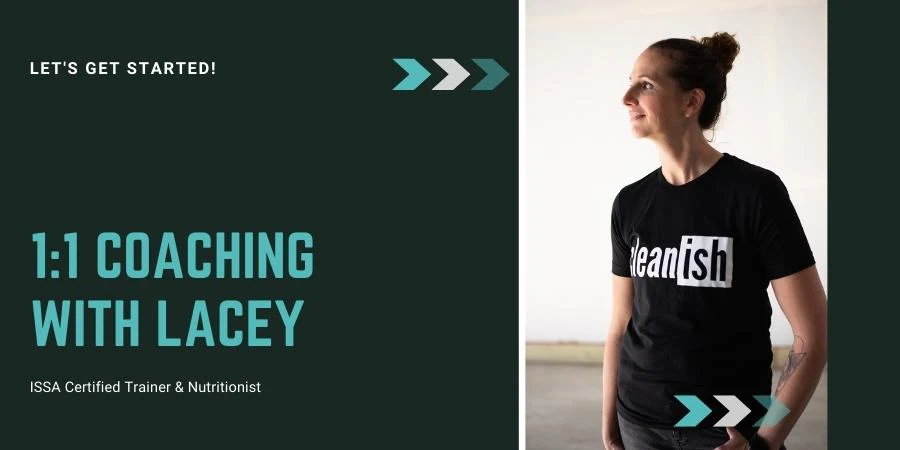

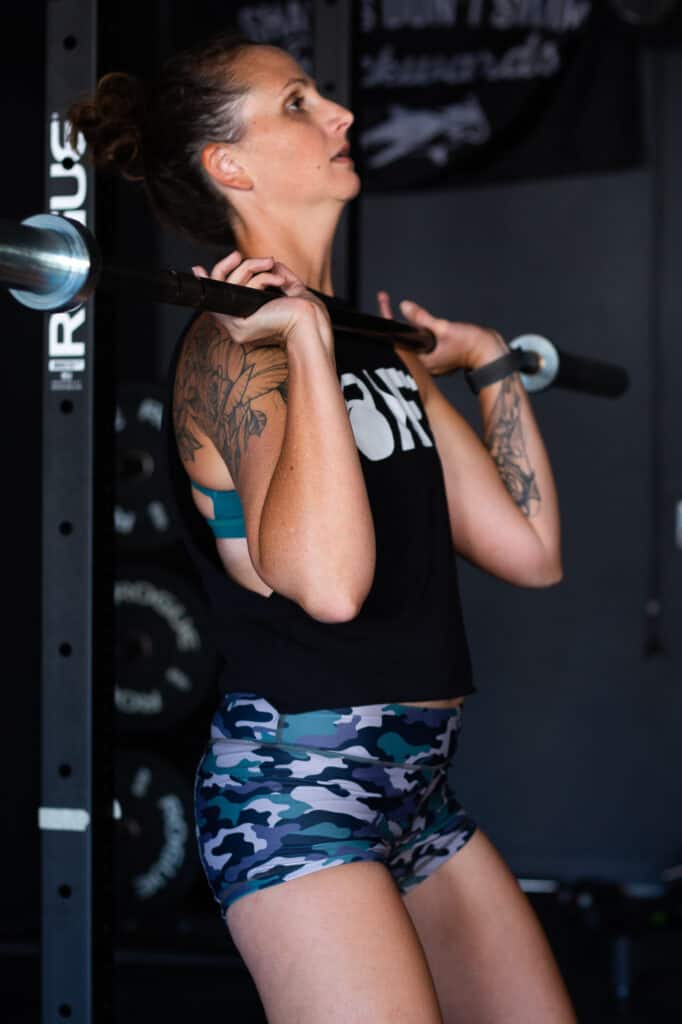

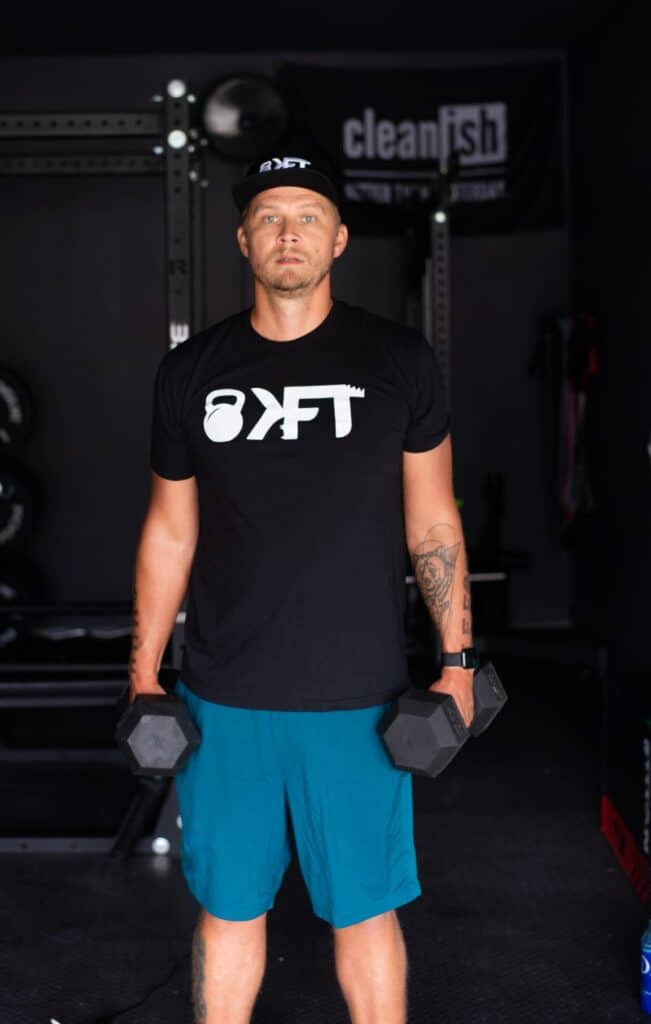
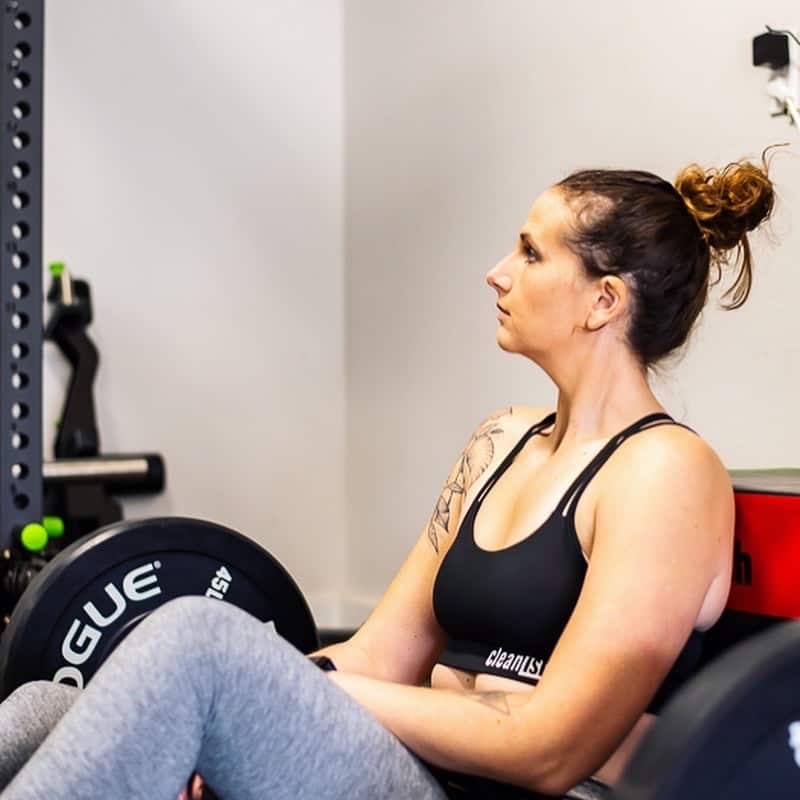
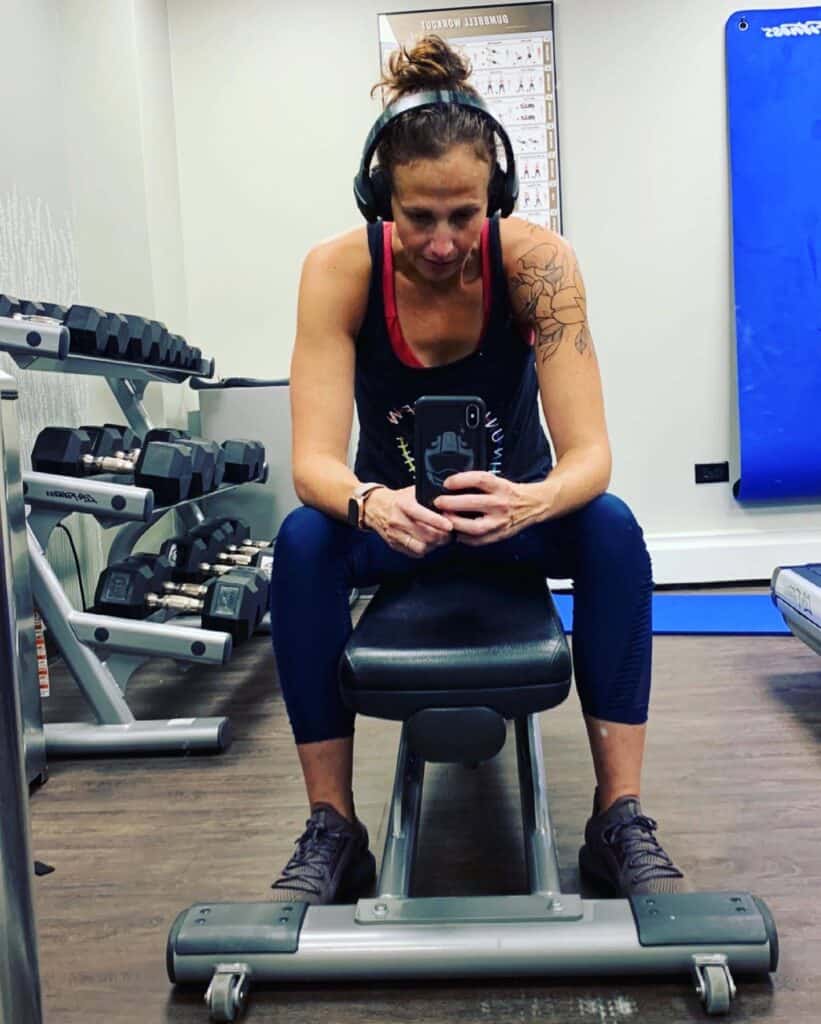
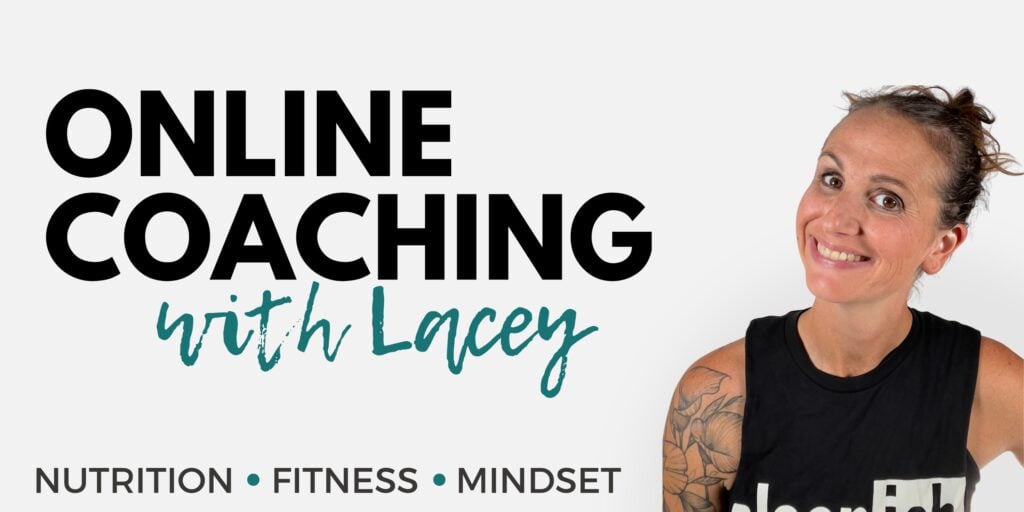


Comments
No Comments